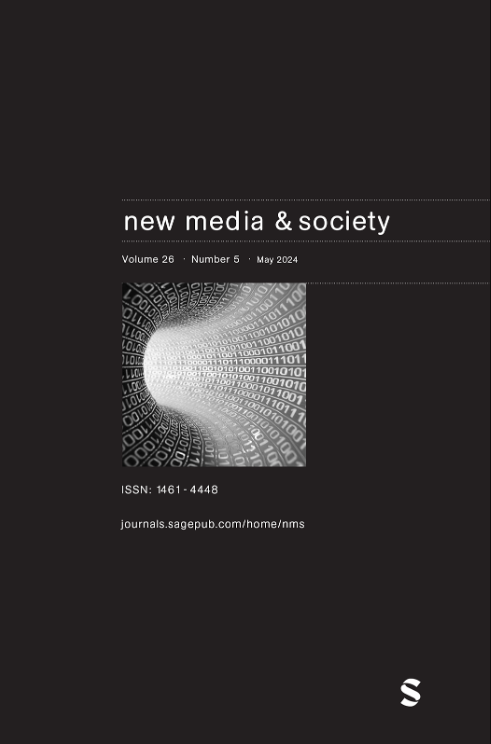Disability audience agenda melding on Twitter: How visually impaired advocates, their parents, and their organizations build powerful online communities
IF 4.3
1区 文学
Q1 COMMUNICATION
引用次数: 0
Abstract
Research on Twitter—now known as X—use by blind or visually impaired individuals for self-advocacy is limited. This study examines (1) the key topics and issues discussed by visually impaired advocates, their parents, and organizations; (2) the individuals and organizations most frequently mentioned; (3) the use of visual media in posts by these groups; (4) disability identity disclosure; and (5) the structure of their online networks. Analyzing 163,476 tweets from visually impaired advocates, their parents, and organizations, the study finds that tweets with high engagement often feature personal narratives, accessibility advocacy, humor, and emotion. Retweets were most frequent for posts about politicians, parental advocacy, and empowerment. Mentions of individuals and organizations were common, while emojis and URLs conveyed positivity and promoted initiatives. Hashtags reflected themes of blindness, resilience, and education. Disability disclosure and regular tweeting were associated with higher engagement and larger follower bases.残障受众在Twitter上的议程融合:视障倡导者、他们的父母和他们的组织如何建立强大的在线社区
关于盲人或视障人士使用twitter(现在被称为x)进行自我宣传的研究是有限的。本研究调查了(1)视障人士权益倡导者、他们的父母和组织讨论的主要议题和问题;(二)被提及次数最多的个人和组织;(3)这些群体在岗位中使用视觉媒体;(4)残疾身份披露;(5)在线网络的结构。该研究分析了来自视障倡导者、他们的父母和组织的163476条推文,发现高参与度的推文通常具有个人叙事、无障碍倡导、幽默和情感。转发频率最高的是关于政治家、父母倡导和赋权的帖子。提到个人和组织很常见,而表情符号和url则传达了积极的一面,并促进了倡议。标签反映了盲目性、适应力和教育的主题。残疾披露和定期发推文与更高的参与度和更大的关注者基础有关。
本文章由计算机程序翻译,如有差异,请以英文原文为准。
求助全文
约1分钟内获得全文
求助全文
来源期刊

New Media & Society
COMMUNICATION-
CiteScore
12.70
自引率
8.00%
发文量
274
期刊介绍:
New Media & Society engages in critical discussions of the key issues arising from the scale and speed of new media development, drawing on a wide range of disciplinary perspectives and on both theoretical and empirical research. The journal includes contributions on: -the individual and the social, the cultural and the political dimensions of new media -the global and local dimensions of the relationship between media and social change -contemporary as well as historical developments -the implications and impacts of, as well as the determinants and obstacles to, media change the relationship between theory, policy and practice.
 求助内容:
求助内容: 应助结果提醒方式:
应助结果提醒方式:


